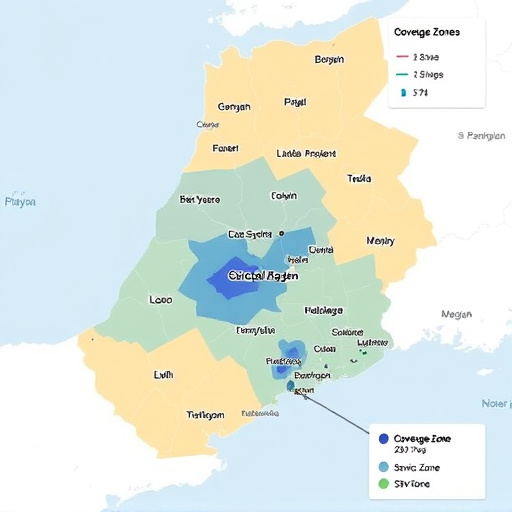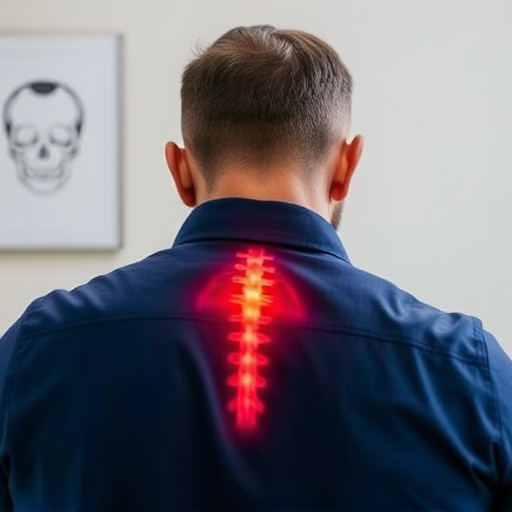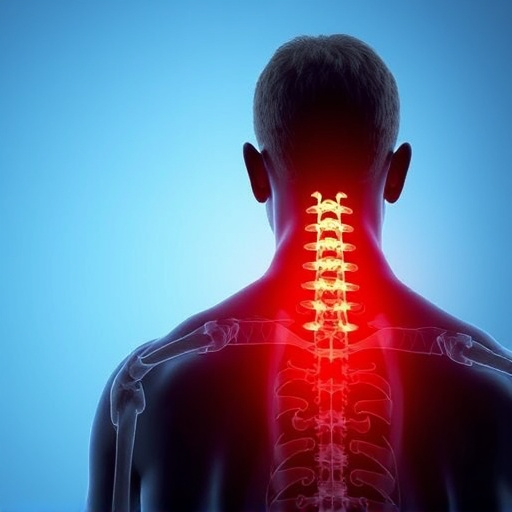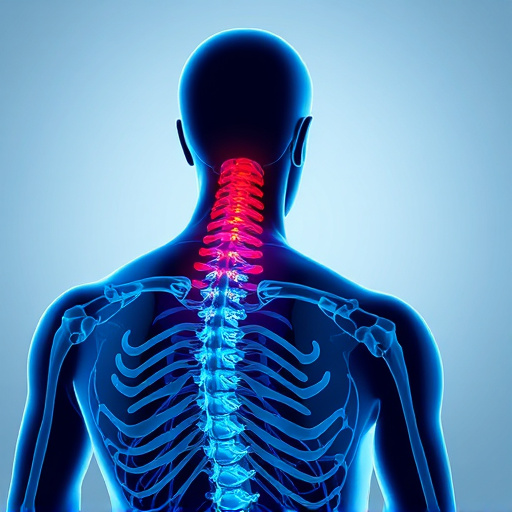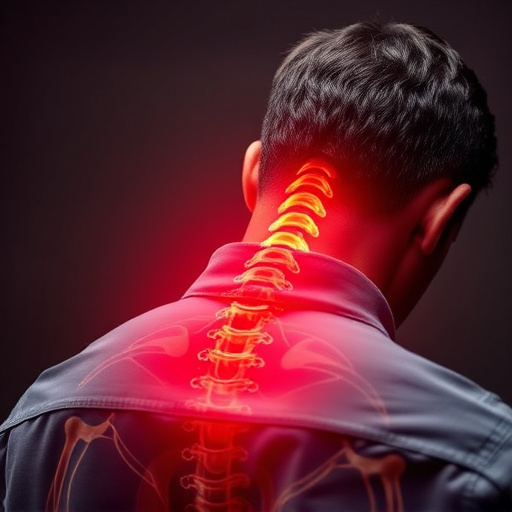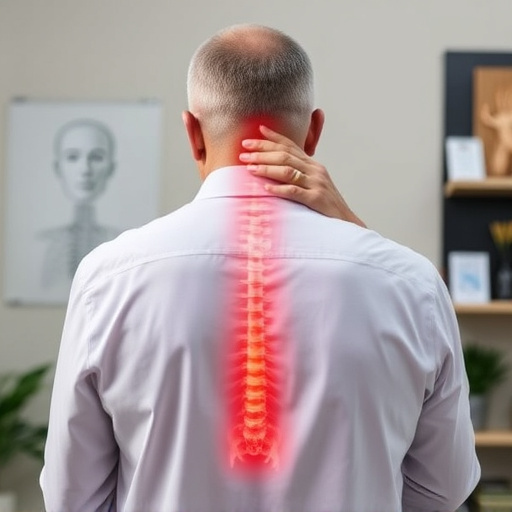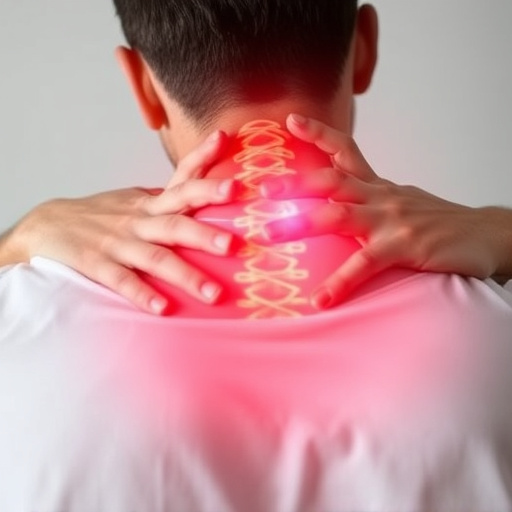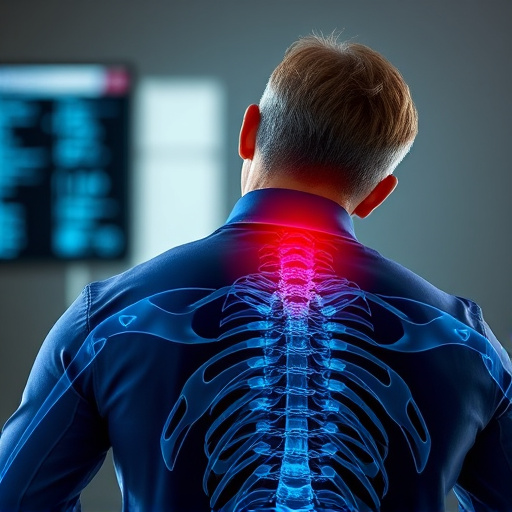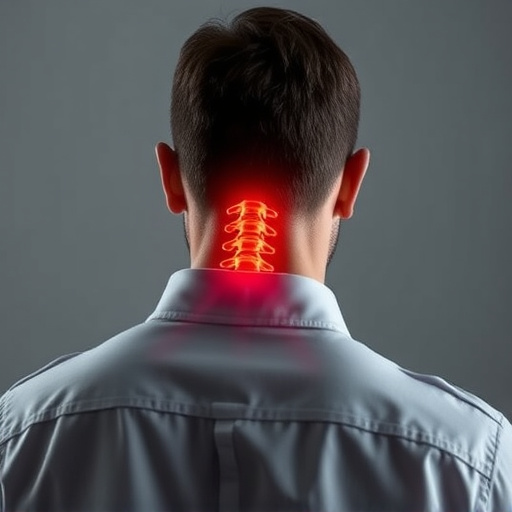Traumatic incidents at St Johns Town Center injury clinics or elsewhere can cause severe physical and mental health issues, requiring specialized care. These clinics offer comprehensive healing through medical treatment, therapy, counseling, and support groups to address PTSD, anxiety, depression, and physical injuries. Using evidence-based techniques like CBT and holistic approaches, therapists empower individuals to recover physically and mentally, fostering emotional resilience and community support for long-term well-being.
After traumatic incidents, a comprehensive healing journey is essential. This article explores the multifaceted process of recovery, from understanding the impact of such events to leveraging specialized resources like the St. John’s Town Center Injury Clinic. We delve into emotional and psychological support strategies, effective physical rehabilitation techniques, building resilience, and establishing long-term community support networks. By addressing these aspects holistically, individuals can navigate their healing journey with enhanced coping mechanisms and improved quality of life.
- Understanding Traumatic Incidents and Their Impact
- The Role of a St. John's Town Center Injury Clinic in Healing
- Emotional and Psychological Support Strategies
- Physical Rehabilitation and Recovery Techniques
- Building Resiliency and Coping Mechanisms
- Community Resources and Long-Term Support Network
Understanding Traumatic Incidents and Their Impact
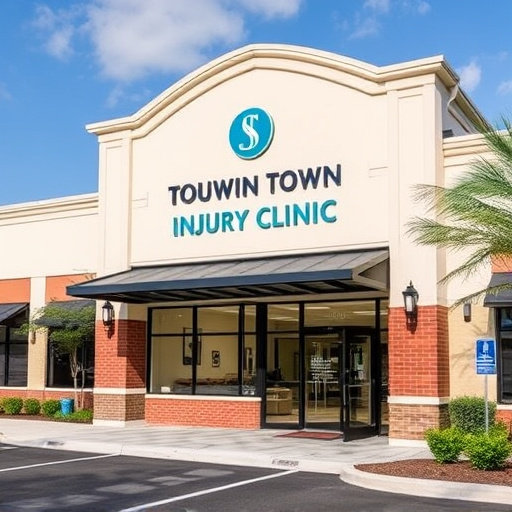
Traumatic incidents can profoundly affect an individual’s physical and mental well-being, often leading to a range of emotional and physiological responses. These events, from accidents at St Johns Town Center injury clinics to violent encounters, can leave lasting scars that manifest as post-traumatic stress disorder (PTSD), anxiety, depression, or other mental health challenges. The impact can be further compounded by physical injuries, which may require extensive healing and rehabilitation processes.
Understanding the complex nature of traumatic incidents is crucial for effective recovery. Recognizing the immediate and long-term effects allows individuals to seek appropriate support, such as specialized therapy, counseling, or even medical interventions at nearby St Johns Town Center injury clinics. By addressing both the psychological and physical dimensions of trauma, healing journeys can be comprehensive and tailored to meet each person’s unique needs.
The Role of a St. John's Town Center Injury Clinic in Healing

After a traumatic incident, seeking specialized care is a vital step in the healing journey. This is where a St. John’s Town Center Injury Clinic plays a crucial role. Such clinics are equipped to handle various types of injuries and trauma, offering comprehensive services tailored to individual needs. The clinic’s team comprises experienced professionals who understand the complex interplay between physical and emotional well-being after a traumatic event.
Through a multi-faceted approach, these clinics provide not just medical treatment but also psychological support. This holistic care ensures that patients receive attention for both their physical injuries and emotional scars. Services may include physical therapy to regain mobility, counseling sessions to process trauma, and access to specialized resources, creating an environment conducive to healing and recovery.
Emotional and Psychological Support Strategies
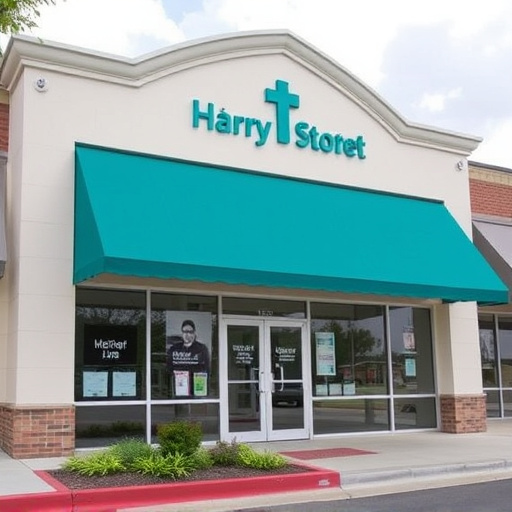
After a traumatic incident, seeking emotional and psychological support is a vital step in the healing journey. A St John’s Town Center injury clinic can play a crucial role here, offering specialized services tailored to address the unique needs of individuals who have experienced trauma. These clinics often provide a safe space for people to begin processing their emotions and thoughts, facilitated by trained professionals. Techniques such as therapy, counseling, and support groups are effective tools to help individuals cope with anxiety, depression, and flashbacks that may arise post-trauma.
One common approach is cognitive behavioral therapy (CBT), which aids in identifying and changing negative thought patterns and behaviors. This can be particularly beneficial for trauma survivors who struggle with replaying the incident over and over in their minds. Additionally, art therapy or music therapy can serve as creative outlets, allowing individuals to express themselves and process their emotions in a non-verbal manner. These support strategies are designed to empower individuals, offering them the tools needed to navigate their healing journey effectively.
Physical Rehabilitation and Recovery Techniques
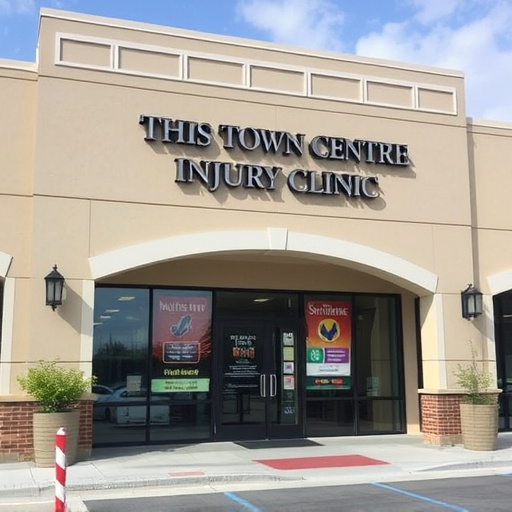
After a traumatic incident, physical rehabilitation plays a pivotal role in an individual’s recovery journey. Many St John’s Town Center injury clinics offer specialized programs tailored to address the unique needs of those who have experienced physical injuries due to trauma. These clinics often employ a multidisciplinary approach, combining physical therapy, chiropractic care, and massage therapy to facilitate healing.
The techniques used may include manual therapy, exercise protocols designed to restore strength and mobility, and modalities such as heat or cold therapy to manage pain and inflammation. Additionally, some clinics incorporate advanced technologies like ultrasound, electrical stimulation, and laser therapy to enhance the healing process. This holistic approach ensures that patients receive comprehensive care, addressing not only their physical injuries but also considering the psychological and emotional aspects of recovery.
Building Resiliency and Coping Mechanisms
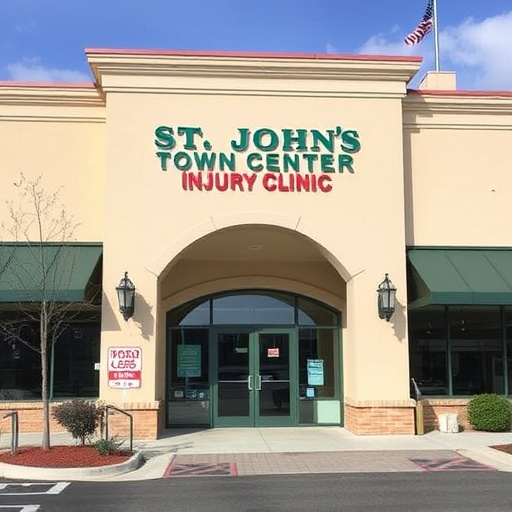
After a traumatic incident, building resilience and effective coping mechanisms is a vital part of the healing journey. A St. John’s Town Center injury clinic can play a significant role in this process by offering specialized services tailored to address physical and psychological needs. Therapists at these clinics often employ various techniques, such as cognitive-behavioral therapy (CBT), mindfulness practices, and eye movement desensitization and reprocessing (EMDR), which have proven effective in helping individuals process traumatic memories and develop healthy coping strategies.
By participating in regular sessions with trained professionals, individuals can learn to manage their responses to stressful situations, reduce the intensity of emotional reactions, and cultivate a sense of control over their lives. Additionally, engaging in activities that promote self-care, such as exercise, meditation, or creative outlets, further enhances resilience by providing healthy ways to process and release emotions. This holistic approach ensures that individuals not only recover from physical injuries but also develop the mental fortitude necessary to navigate future challenges with greater ease.
Community Resources and Long-Term Support Network

After a traumatic incident, establishing a robust support network is vital for healing and recovery. One essential resource to consider is the St John’s Town Center injury clinic, which offers specialized care and services tailored for those who have experienced physical and emotional trauma. These clinics often provide long-term support, ensuring individuals have access to consistent care as they navigate their healing journey.
Building a community network of like-minded individuals, support groups, and local organizations can significantly aid in the process. Such resources enable survivors to connect with others who understand their unique challenges, fostering a sense of belonging and solidarity. This ongoing support is crucial for managing trauma’s lasting effects, promoting resilience, and facilitating an individual’s overall mental well-being.
